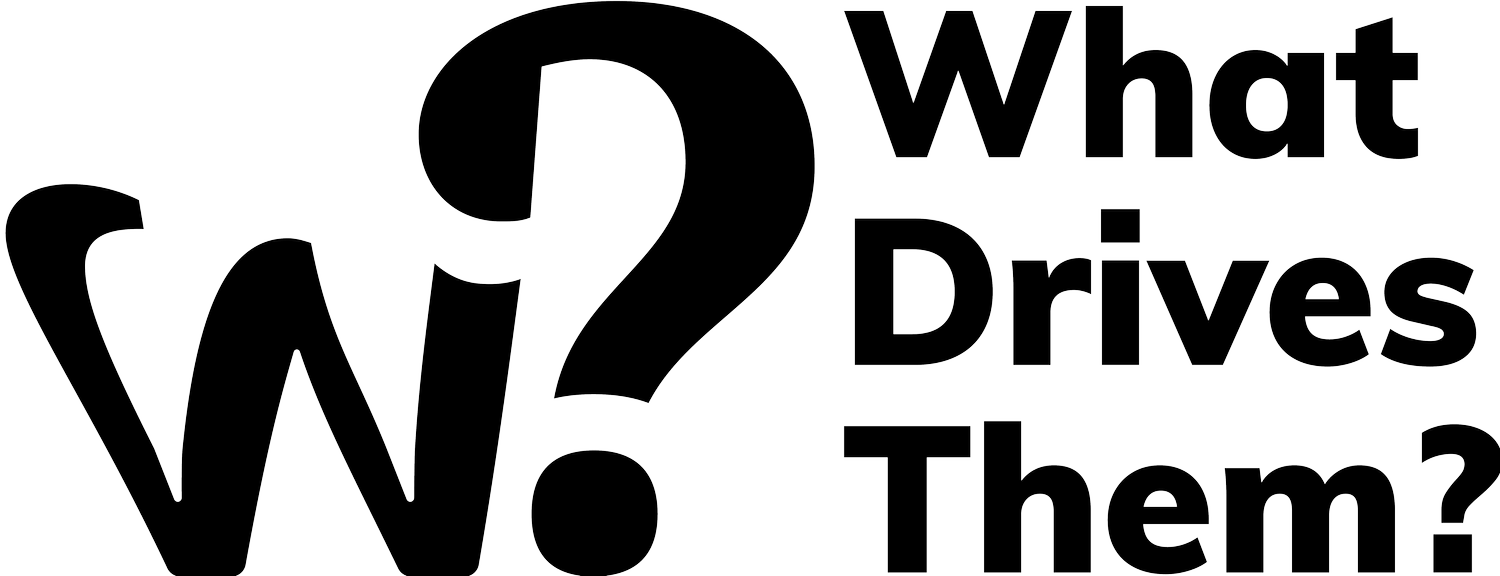Nudge theory in a digital world
In this article, we'll delve into the application of Nudge Theory in the digital realm.
Whether you're a UX Designer, Service Designer, Product Manager, or Marketer, this exploration will equip you with insights to make strategic decisions. Let's dive in.
The Essence of Nudge Theory
Nudge Theory, at its core, is about influencing decision-making. It's not about restricting choices, but subtly guiding individuals towards better ones.
Originating from behavioral economics, it's a testament to the power of subtle cues in shaping behavior. In the digital world, these cues can be design elements, notifications, or personalized recommendations. The key is to nudge, not push.
Nudge Theory Meets Digital Marketing
In the realm of digital marketing, Nudge Theory is a game-changer. It's about understanding the user's journey and strategically placing nudges to guide their actions.
Think of it as a gentle hand guiding users towards desired behaviors, like making a purchase, signing up for a newsletter, or sharing content. It's about creating an environment where users feel empowered to make decisions, not manipulated.
But it's not just about conversions. Nudge Theory can also enhance user engagement, foster brand loyalty, and even promote healthier choices. It's a powerful tool for marketers, but like any tool, it must be used responsibly.
Persuasion Techniques in UX Design and Service Design
In the world of UX and service design, Nudge Theory is a powerful persuasion technique. It's about using subtle cues and design elements to guide user behavior, without restricting their freedom of choice.
For instance, a simple color change, a strategically placed button, or a well-timed notification can nudge users towards a desired action. It's about understanding the user's mindset and designing experiences that align with their needs and preferences.
But it's not just about influencing individual actions. Nudge Theory can also help create habit-forming products, enhance user retention, and even drive positive social behaviors. It's a tool that can help designers create more engaging, user-friendly, and impactful experiences.
Product Management: Applying Nudge Theory for Better User Experiences
In product management, Nudge Theory can be a game-changer. It's about integrating behavioral insights into the product development cycle, from ideation to launch and beyond.
A key aspect of this is understanding user behavior. Data analytics can provide valuable insights into how users interact with a product, and these insights can be used to design effective nudges. A/B testing can further refine these nudges, ensuring they are both effective and ethical.
But it's not just about influencing user behavior. Nudge Theory can also help product managers create more engaging, user-friendly, and impactful experiences. It's a tool that can help them stand out in a crowded marketplace and drive growth and profitability.
Marketing Psychology: The Subtle Art of Digital Nudging
In the realm of marketing psychology, Nudge Theory is a powerful tool. It's about using subtle cues and design elements to influence consumer behavior, without restricting choices or being overly intrusive.
Digital nudging can have a significant impact on conversion rates and customer engagement. It's about creating a seamless, intuitive user experience that gently guides consumers towards desired actions. This could be anything from making a purchase, signing up for a newsletter, or sharing content on social media.
But it's not just about influencing behavior. Nudge Theory can also help marketers create more personalized, relevant, and engaging content. It's about understanding consumer psychology and using this understanding to create marketing strategies that resonate with consumers on a deeper level. It's about creating a connection, building trust, and ultimately driving brand loyalty and advocacy.
Ethical Considerations in Nudge Theory
While Nudge Theory can be a powerful tool in digital marketing, it's important to consider the ethical implications. After all, we're dealing with influencing consumer behavior, which can be a sensitive area.
Transparency and user consent are crucial when implementing nudges. Consumers should always have the right to opt out and their privacy should be respected. Overuse or misuse of nudging can lead to a backlash and damage a brand's reputation. Therefore, it's essential to strike a balance between influencing behavior and respecting user autonomy.
The Future of Nudging: AI and Beyond
As we move into an increasingly AI-driven digital landscape, the potential for Nudge Theory is vast. Machine learning can predict user behavior and craft personalized nudges, enhancing their effectiveness. However, this also raises new ethical considerations and challenges.
The balance between automation and human insight is crucial. While AI can provide valuable data and insights, the human element is essential in understanding the nuances of consumer behavior and ensuring ethical application of nudges. As we navigate this new frontier, continuous learning and adaptation will be key to successfully applying Nudge Theory.
Conclusion: Standing Out in a Crowded Marketplace with Nudge Theory
In a crowded digital marketplace, Nudge Theory offers a powerful tool for differentiation. By understanding and subtly influencing consumer behavior, UX Designers, Service Designers, Product Managers, and Marketers can create more engaging, effective, and ethical digital experiences. The key lies in continuous learning, adaptation, and a deep commitment to user-centric design.
If you like this you might be interested in our Consumer Psychology and Behaviour Design course.

